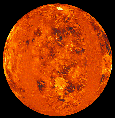A global view of the surface of Venus.
Click on image for full size
NASA/JPL
Venus Inside and On Top
Venus is the second planet from the Sun, and is Earth's closest
neighbor in the solar
system. Venus is the brightest object in the sky after the Sun
and the Moon, and sometimes looks like a bright star in the morning or evening sky.
The planet is a little smaller than Earth, and is similar to Earth
inside.
We can't see the
surface of Venus from Earth, because it
is covered with thick clouds. However,
space missions to Venus have
shown us that its surface is covered with craters, volcanoes,
mountains, and big lava plains. The surface of
Venus is not where you'd like to be, with temperatures that can melt lead,
an atmosphere so thick it would crush
you, and clouds of sulfuric acid that smell
like rotten eggs to top it off!
You might also be interested in:

What types of instructional experiences help K-8 students learn science with understanding? What do science educators teachers, teacher leaders, science specialists, professional development staff, curriculum designers, school administrators need to know to create and support such experiences?
...more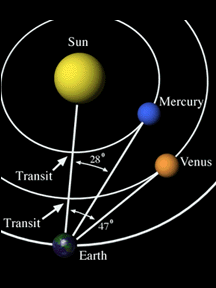
Venus and Mercury, the planets closest to the Sun, always appear pretty close to the Sun in the sky. Mercury is so small and so close to the Sun that it is really hard to see from Earth. Usually, it is
...more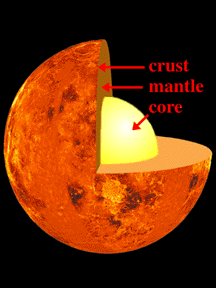
Venus is a little smaller than the Earth, but is probably like the Earth inside. Venus is made of rock and metal, and probably has a partly melted metal core, a rocky mantle, and a crust. The planet rotates
...more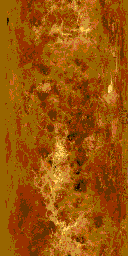
This is a map of the surface of Venus (turned sideways!). As can be seen on the map, there is no ocean, but there are highlands and lowlands. Lowlands in the map can be thought of as like the ocean bottom,
...more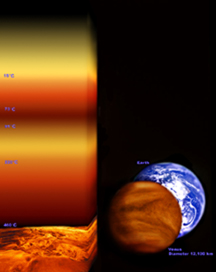
The atmosphere of Venus is very hot and thick. You would not survive a visit to the surface of the planet - you couldn't breathe the air, you would be crushed on by the enormous weight of the atmosphere,
...more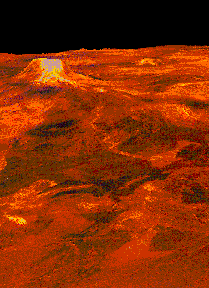
Volcanic rises are more like islands than a continents. They are broad, sloping highlands over 1000 km across. They are cut by deep troughs 100-200 km across and have shield volcanoes near the top. Measurements
...more
This image clearly shows a bed where something once flowed. Without proper measurements, scientists can only guess what sort of liquid may have flowed through this channel. On Earth, such channels might
...more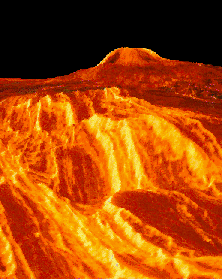
This is a Venus dome viewed from the ground. The Magellan spacecraft made a view like this possible.
...more


